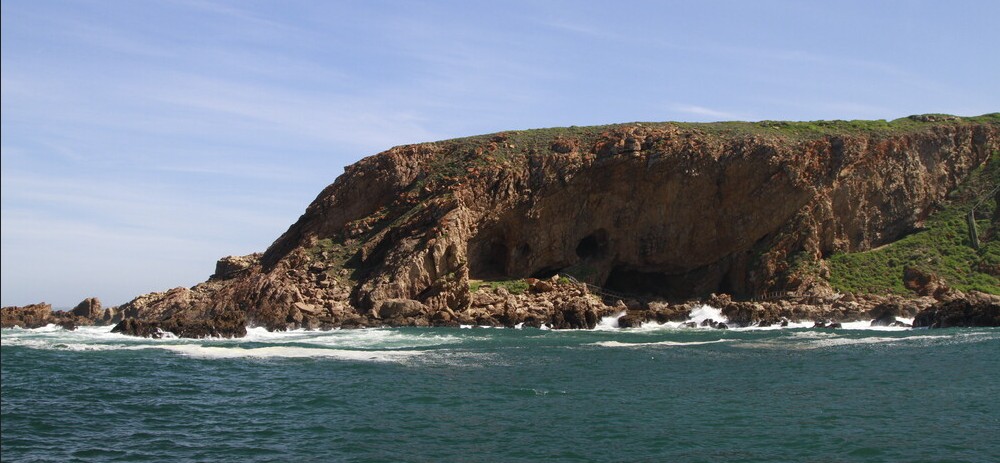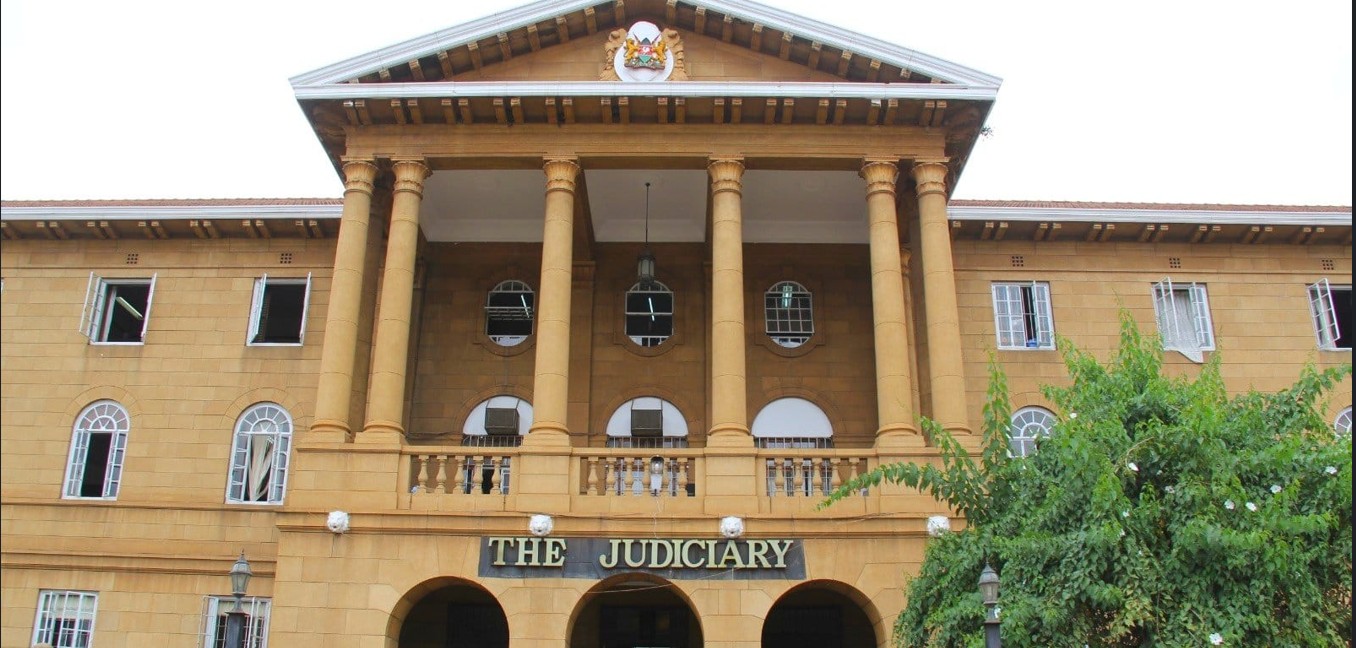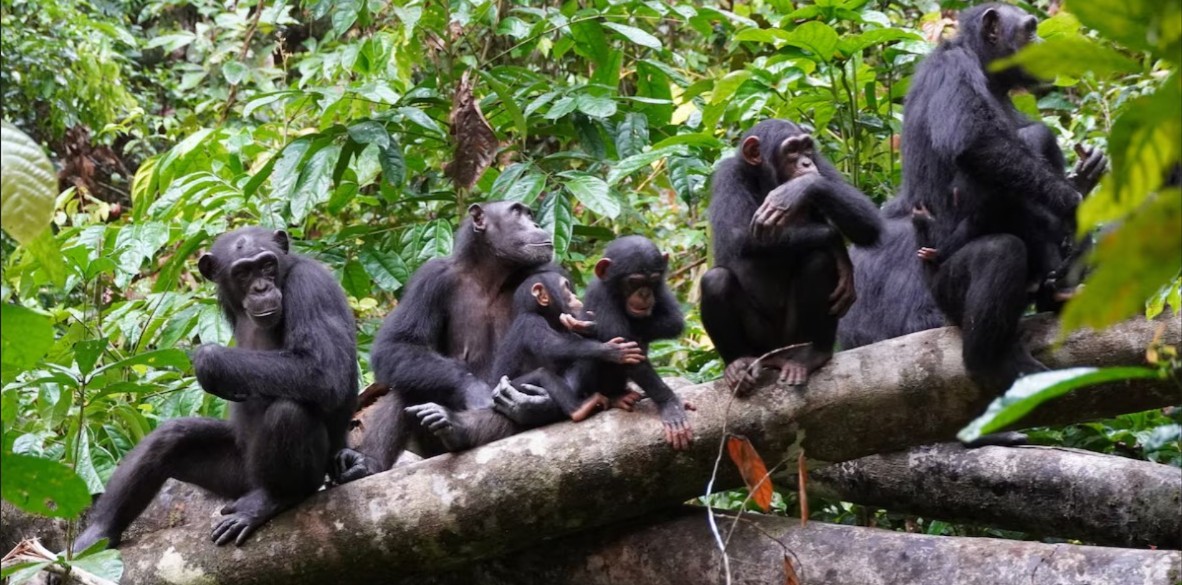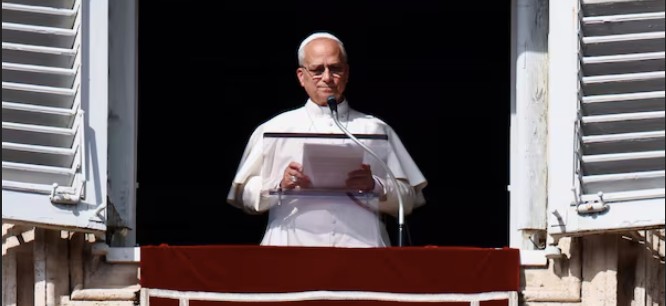World Wildlife Day: State launches action plan to save sable antelope
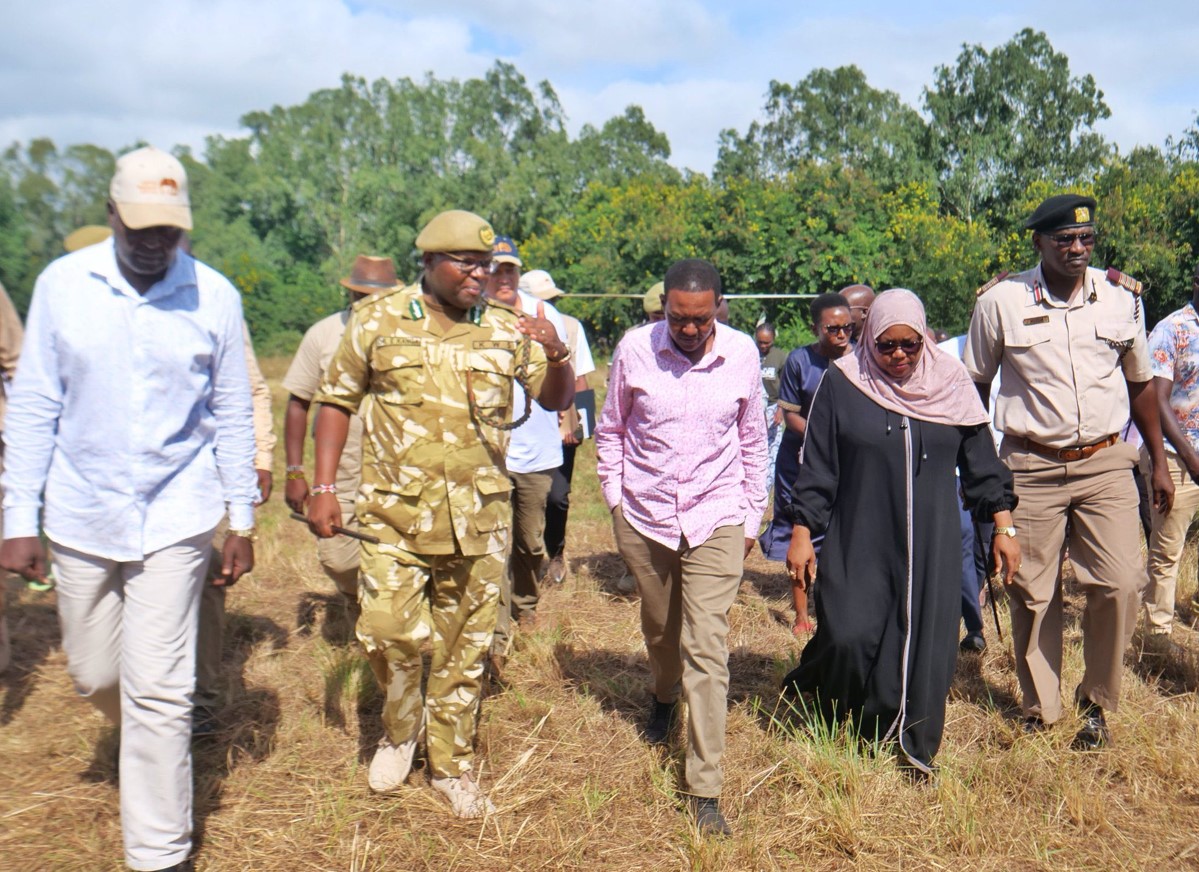
The sable antelope has been facing the multiple threats of poaching, snaring, inbreeding and predation, says Tourism and Wildlife Cabinet Secretary Alfred Mutua.
The government on Monday launched the Sable Antelope Action Plan (2022-2031), during an event marking World Wildlife Day, to save the population from poaching, snaring, inbreeding and predation.
Speaking at Shimba Hills National Reserve in Kwale County, Tourism and Wildlife Cabinet Secretary Alfred Mutua noted the sable antelope has been facing multiple threats.
More To Read
- KWS rescues cheetah cub raised by woman in Garissa
- Sandalwood consignment worth Sh7.8 million destroyed in Maralal
- Snake farming could unlock economic and health benefits, experts say
- World Animal Protection urges Kenya to ban cruel commercial wildlife farming
- Over 200 warthogs poisoned at Muqder in Wajir County in shocking wildlife tragedy
- KWS proposes free park entry for elderly, PWDs and tourism workers
“The sable antelope population reduced from 265 in 1960 to the current 56. Mitigation measures put in place to raise numbers include enhanced electric fencing which has been improved to 14 strands,” said CS Mutua.
“The Kenya Wildlife Service is also undertaking restocking of herbivores including the sables to reduce predation,” he also said, additionally citing the construction of water dams and awareness creation.
Mutua pleaded for both collective and individual efforts towards the preservation and conservation of Kenya's rich wildlife, which he termed a quintessential element of the Kenyan brand.
He noted the intrinsic value of wildlife, its significant economic benefits, and its pivotal role in shaping the country's identity.
Under the theme "Connecting People and the Planet: Exploring Digital Innovation in Wildlife Conservation," this year's World Wildlife Day underscored the urgent need to safeguard biodiversity and raise awareness about the indispensable role wildlife plays in maintaining a balanced ecosystem.
Mutua stressed the government's unwavering commitment to wildlife conservation, citing recent collaborations with the private sector, such as the translocation of 21 rhinos from various parks to the Loisaba Conservancy.
“Kenya boasts an impressive natural heritage with over 25,000 species of wild animals and 7,000 species of plants, making it one of the most biodiverse countries in Africa. The Wildlife Conservation and Management Act of 2013 mandates the Kenya Wildlife Service to conserve wildlife and their habitats wherever they occur,” he noted.
The Act mandates the KWS to conserve wildlife and their habitats wherever they occur.
Mutua also highlighted the increasing trend of devolving conservation efforts, with landowners in wildlife-rich areas assuming management responsibilities.
This decentralised approach aims to actively involve local communities in the preservation of their natural surroundings.
"The government's long-term conservation strategy involves sustained collaboration with communities, conservation partners, and stakeholders in the tourism industry," he stated, adding the collaborative efforts attract appropriate tourism activities while ensuring a delicate balance between economic development and the preservation of Kenya's unique wildlife.
Mutua further emphasised the importance of leveraging technology for innovative approaches to wildlife conservation.
The event also marked the commissioning of the Diani-Chale Marine National Reserve, signifying the government's commitment to conserving marine biodiversity.
Top Stories Today
